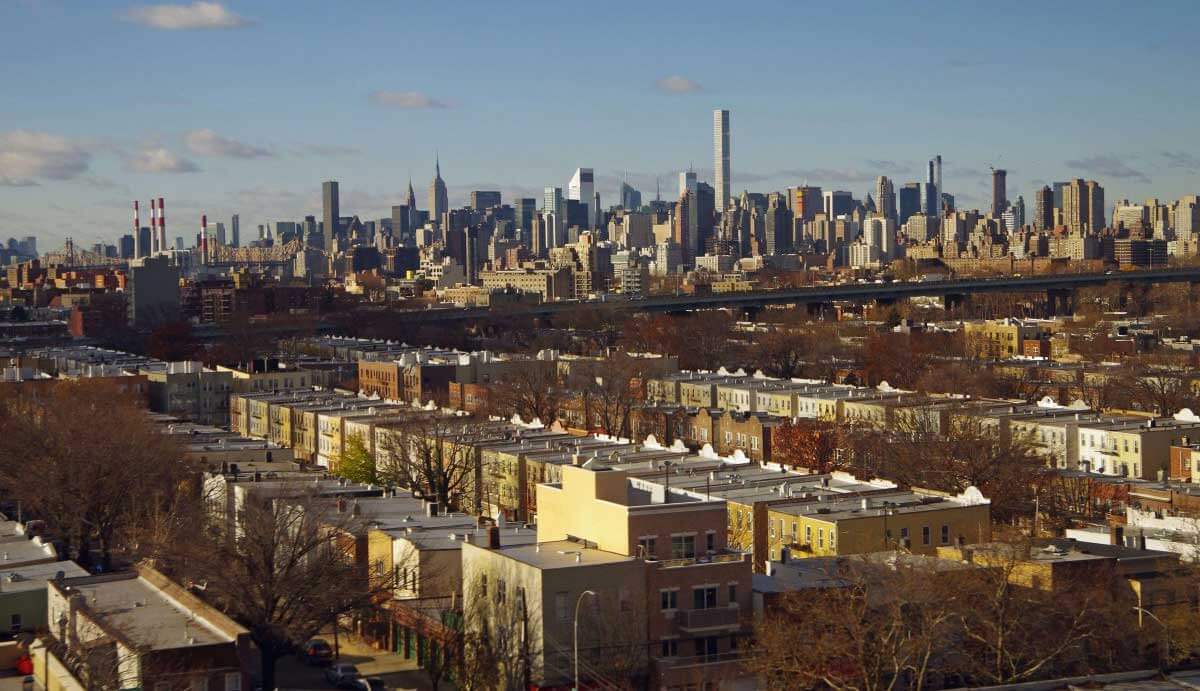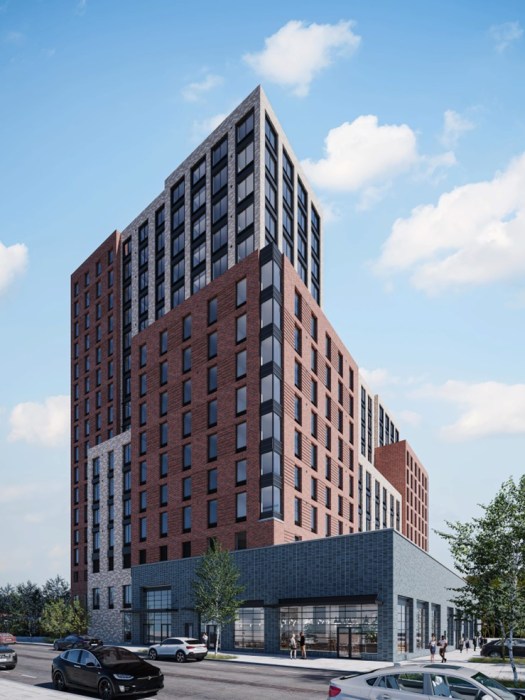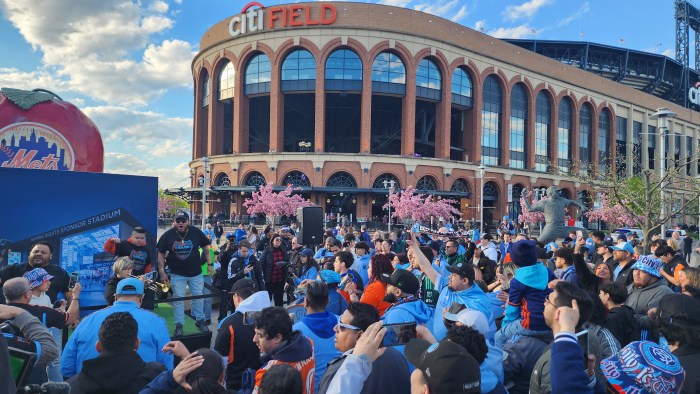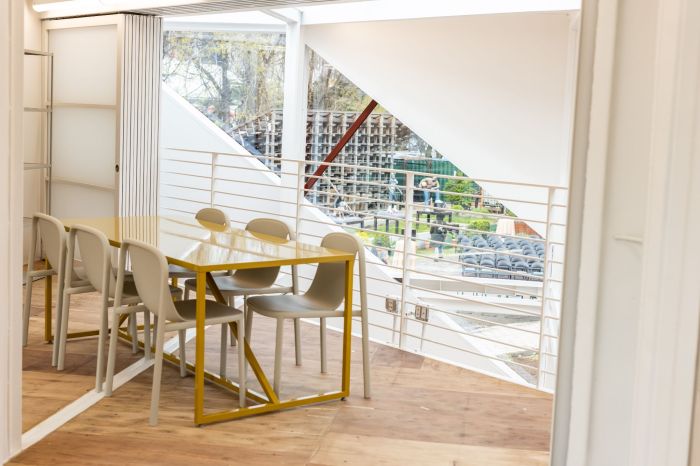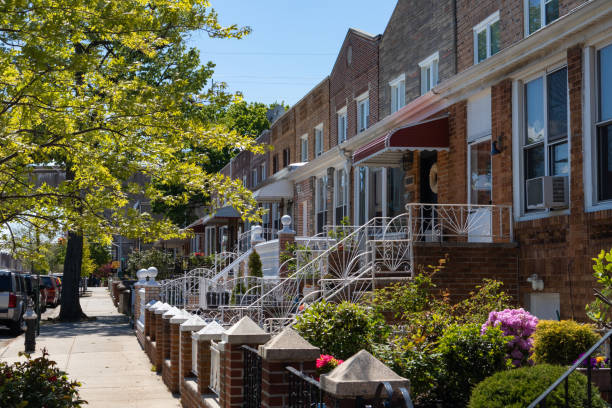A new report is asking the question: how much does it really cost to be single in New York City?
StreetEasy recently released a report that explored what the cost of living was for single New Yorkers by looking at where there were apartments for singles, and where the highest number of singles were in the city.
According to the report, singles in New York City who live alone pay a huge “singles tax.” Queens singles pay $11,100 in taxes, following behind Brooklyn and Manhattan, where singles pay $13,170 and $16,500, respectively. StreetEasy believes that the reason the taxes are so high is because the singles are living in the city’s priciest neighborhoods that offer studio and one-bedroom units.
The study found that Long Island City was among the neighborhoods that offered the most amount of studios and one-bedroom units for singles throughout the city. With a median rent price of $2,795, studios and one-bedroom units take up 69 percent of the apartment shares.
The study also took a look at the neighborhoods that had the highest number of never-married singles living by themselves in New York City. While Queens didn’t make the top 10 neighborhoods with the highest number New York-born of singles, Springfield Gardens had the highest number in the borough, with 33 percent. Among the top neighborhoods in Queens that had the highest number of singles that were born in New York include Brookville (30 percent), St. Albans (29 percent), the Rockaways (29 percent) and South Jamaica (28 percent).
Out-of-state New York transplants, however, saw lower numbers of single people living in Queens. While Astoria had the highest amount of unmarried New Yorkers that were born out-of-state at 11 percent, the other top neighborhoods were not far behind with 10 percent in Long Island City, 9 percent in Jamaica Hills, 6 percent in Sunnyside and 4 percent in Ridgewood.
Click here to read the full report.

